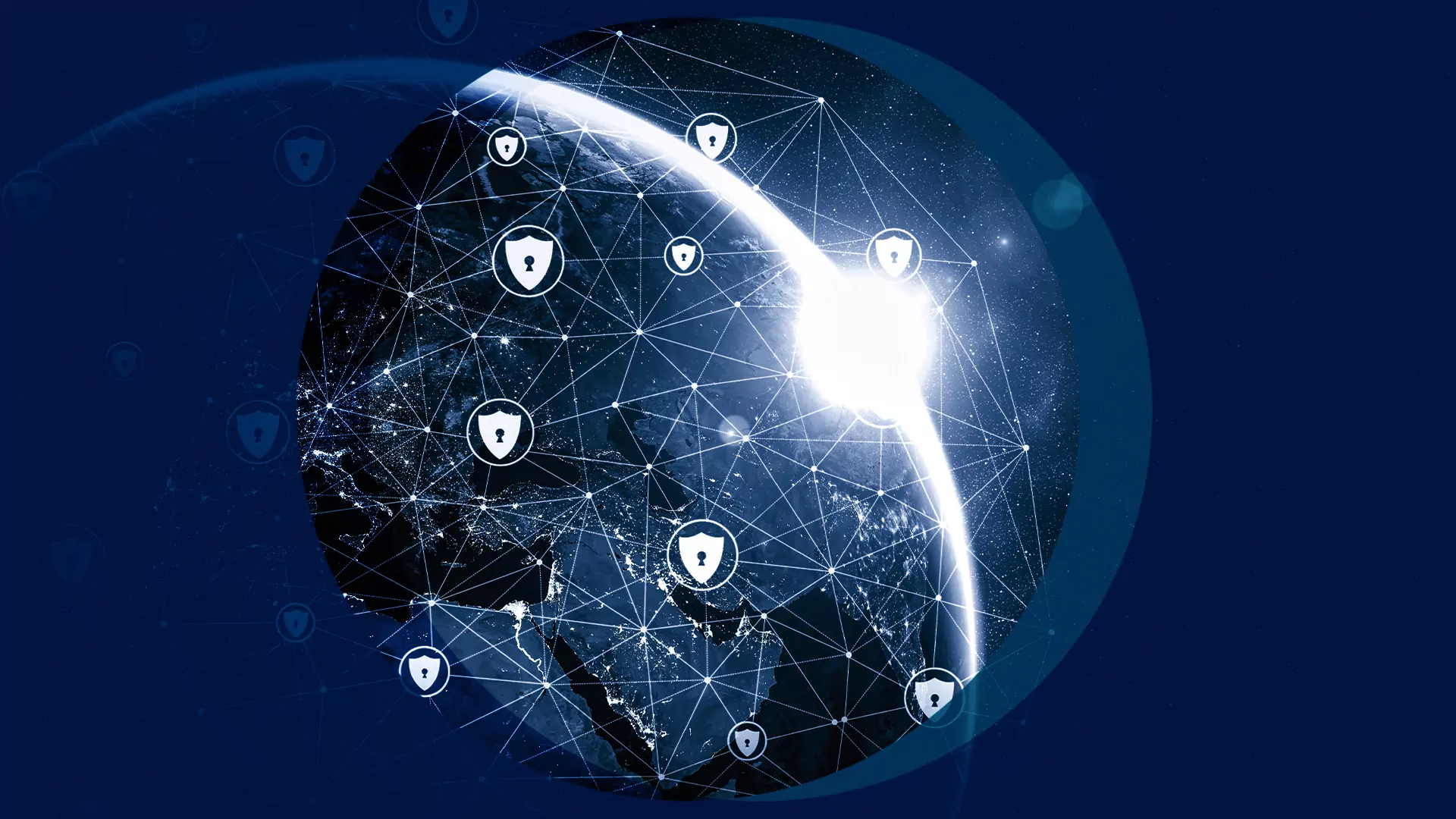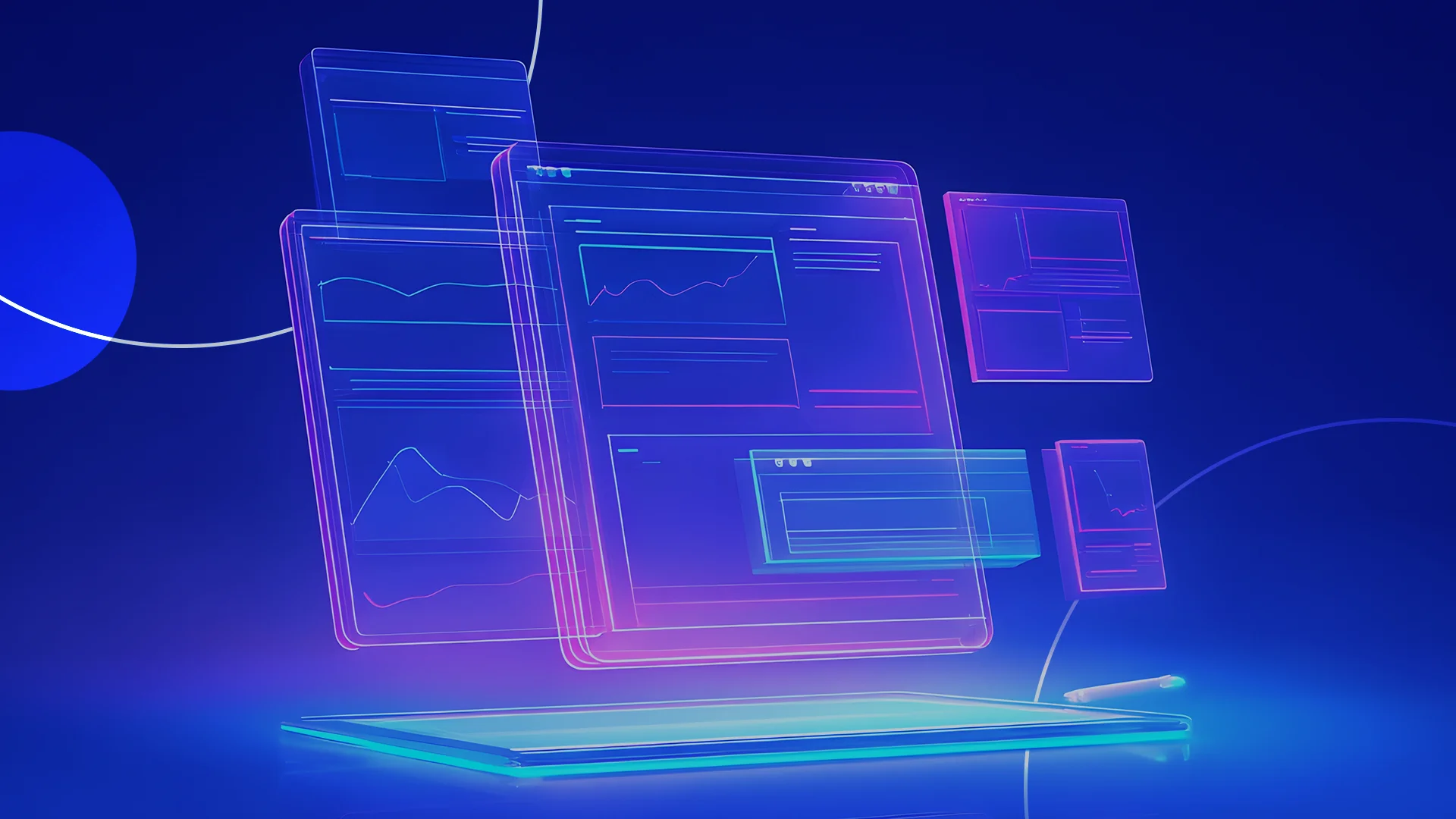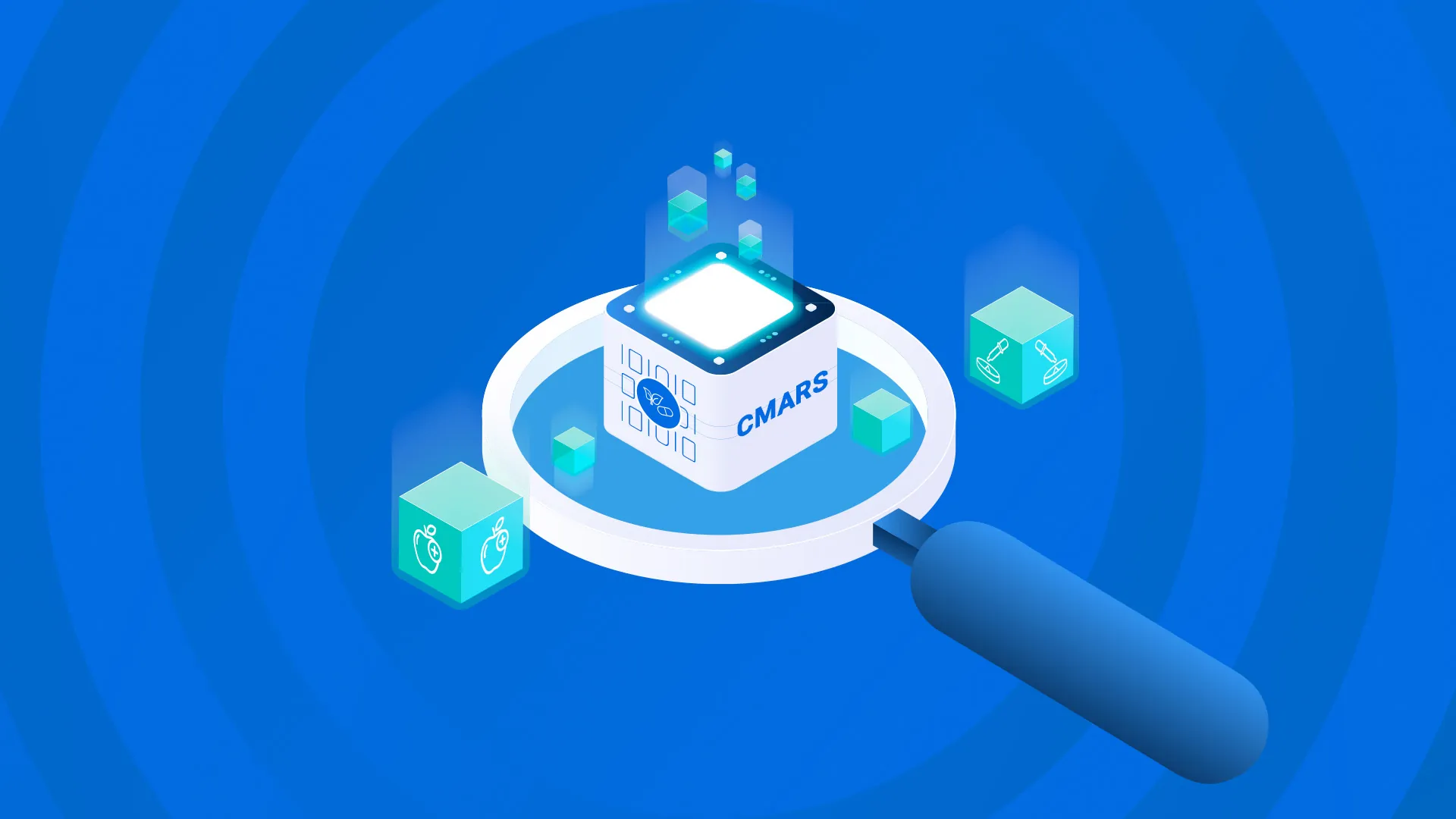(The Second in a Series of Five Blogs)
By Shyam Salona and Jeff Myers
Government agencies and technologists are focused intensely on getting their work done (and mostly doing a good job of it). Our responsibility as a reliable, effective, and innovative IT partner to many government agencies is that we can step back and look toward the future, helping our customers prepare for it. The first blog in this series can be found here.
This second blog in this series will address Near Term Opportunities that deserve attention soon:
- Change Attitudes Toward Cyber Security to Implement Zero Trust – many agencies’ approach toward cyber security have been to continuously monitor, and react to threats as they appear. A more proactive approach helps prevent or lower risk by granting “zero trust” to every user of a system each time the user engages with the system. An increasing number of agencies will implement zero trust, by:
-
- Managing change in culture and processes around cyber security to enable zero trust
- Adding staff with new skills and/or developing skills in existing staff, and
- Changing technology, applications, and authentication tools
The impact of Zero Trust Cyber security could be to reduce the number and impact of successful cyber hacking efforts, cutting data losses, reputational damage, improving system operational reliability and availability, and reducing risks of extortion/ransom events.
- Internet Of Things (IOT) – private sector innovation has enabled doorbells, thermostats, refrigerators, and more devices to connect with the internet and improve their function or make them more convenient to control. In government, “things” will also increasingly provide value, data collection, “recommended” actions, speed, and other benefits through internet connectivity. Those things will likely include TSA screening devices at airports, sensors built into bridges to proactively determine stress, and wearable devices that help evaluate the health of patients treated by the VA. An increasing number of agencies will implement IOT by:
-
- Identifying where circumstances may change – perhaps catastrophically – in places that are physically hard to access or monitor (e.g., bridges), and for which IOT tools can provide data to support real-time situation awareness as well as predictive modeling
- Adding IOT capabilities to high-value government assets – such as buildings, airplanes, etc. – so that government can detect or prevent risks to the value of those assets, and so that the government can manage and use them more efficiently
- Determining circumstances in which people (government employees or beneficiaries) will want to use wearable IOT devices for health, safety, or other human reasons, and where such devices will improve effectiveness or efficiency of government services/programs
The impact of the Internet of Things could be to improve asset lifespan and utilization, improve safety and health, and allow government decisions based on more reliable and precise data gathered directly from “on-the-ground” sources.
- No-Code / Low-Code Platforms – Such platforms can make software development faster, and improve quality because they offer tested and proven modules to accomplish key functions – rather than requiring time-consuming and error-prone reinvention of the wheel each time. Platforms include those that arose to focus on a purpose (e.g., SalesForce for customer relationship management, and Appian for business process management), as well as those which arose to meet a more generalized need (e.g., Outsystems, and Microsoft Power Apps). Further, many platforms now allow an agency to escape from vendor lock-in by automatically converting an application to underlying code in an easily portable medium like java or dot net. An increasing number of agencies will move toward No-Code / Low-Code platforms by:
-
- Evaluating No-Code / Low-Code platform alternatives to consider security, cloud operations, pricing models, and vendor lock-in
- Identifying one or a few applications (from a larger portfolio) to modernize using a No-Code / Low-Code platform, before broadly adopting the No-Code / Low Code model
- Evaluating experience with and support from vendors of No-Code / Low Code platform
Since few agencies want to do the same work twice, there will not likely be an agency that conducts an experiment to compare the time and effort required for traditional technology to that required for development on a No-Code / Low-Code platform. The impact of No-Code / Low-Code platforms could be to significantly speed application modernization, and to convert some up-front development costs to ongoing operating costs (e.g., where the platform vendor becomes responsible for security patches/updates).
- Shared Service Marketplace – OMB has designated a number of Quality Shared Service Management Organizations (QSMOs) for Financial Management (housed within Treasury), Human Resources Transaction Services (GSA), Grants Management (HHS), and Cybersecurity (DHS). In several cases, the QSMO is working to identify and evaluate/approve both government providers of key systems, as well as private sector providers. That identification/evaluation/ approval is used to establish a “marketplace” of approved IT system/service vendors from which other federal agencies are encouraged to acquire the respective IT solutions. Shared Service Marketplaces will likely move forward by:
-
- Mature by offering at least three government and three private sector alternative providers, with some customer-need-based differentiation beginning to appear between providers (Chevy versus Cadillac)
- Acknowledge that some proportion of agencies will not willingly agree to use Shared Service Marketplace offerings. Likely 20-40% of agencies will balk because they have more unique and highly varied programs; a system that was developed in-house; or complex functional requirements, perhaps driven by enabling legislation
- Supporting the needs of small and medium-sized agencies for whom IT modernization is a significant priority, but which do not have the compelling need or wherewithal to fund and oversee development of a modernized application that meets their individualized requirements.
The impact of Shared Service Marketplaces could be to consolidate the number and standardization of IT system functionality and development within the areas of Financial Management, HR, Grants, and Cybersecurity.
About the authors:
- Shyam Salona is CEO of REI Systems, one of the Top 25 Government IT Vendors, and a leader in App Modernization, Data & Analytics, Custom Case Management Solutions, Grants Management and Advisory Services.
- Jeff Myers is a Senior Director at REI Systems who has more than 30 years of experience helping to improve government’s efficiency and effectiveness in achieving public sector missions.
If you would like to engage with Mr. Salona, Mr. Myers, or other experts at REI Systems, please contact info@reisystems.com




